
When it comes to art, there are multiple ways to create something beautiful. The drawing style you choose is one of the several methods to make your artwork look unique.
This article will explore fifteen different drawing styles and help you find the one that suits you best.
Whether you’re a beginner or an experienced artist, there’s sure to be something here that will help you improve your work.

Cartoons are a popular and unique drawing style that is characterized by its use of exaggerated features and bright colors. This style is used for creating artwork like comics, graphic novels, and mangas.
Cartoon-style drawings are often commissioned for children’s books, magazines, and television shows. One of the great things about cartoon style is that you can make imaginary characters that can do anything.
To create a cartoon-style drawing, artists typically begin by sketching the basic outlines of their subject matter.
Once the outline is complete, they add details such as facial expressions, clothing, and props. The last step is to add color. If you are interested in this drawing style and want to create some awesome cartoon characters, check out our course, “How to Draw a Cartoon Character.”
Cartoon-style drawings often have a light and fun vibe. This makes them ideal for marketing materials aimed at children and families.
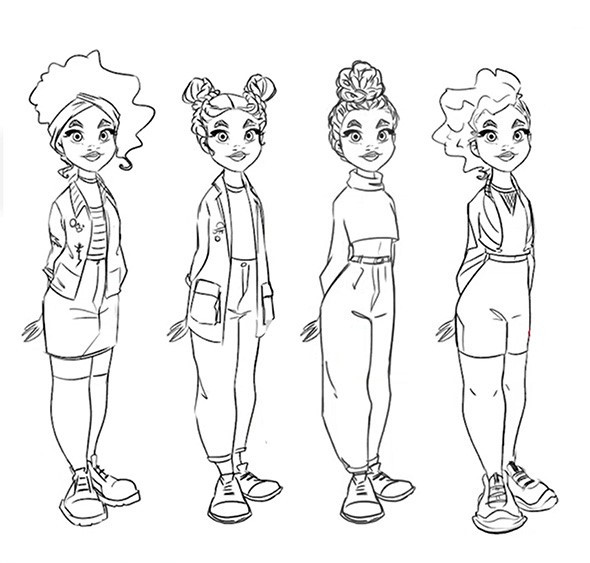
Character drawing is the art of creating illustrations or cartoons of people, animals, and other characters.
This drawing style creates exaggerated or comical representations of real people or animals. Characters can be drawn to look cute, tough, silly, or anything in between.
When drawing characters, it is important to think about their personality and what kind of mood you want to convey. Will they be happy, sad, angry, or scared?
Once you have an idea of the characters’ personalities, you can start to sketch out their features. Remember to keep things simple at first. You can add details later.
Check out our courses “Character Design” and “Character Design Made Easy” to learn more about this drawing style.
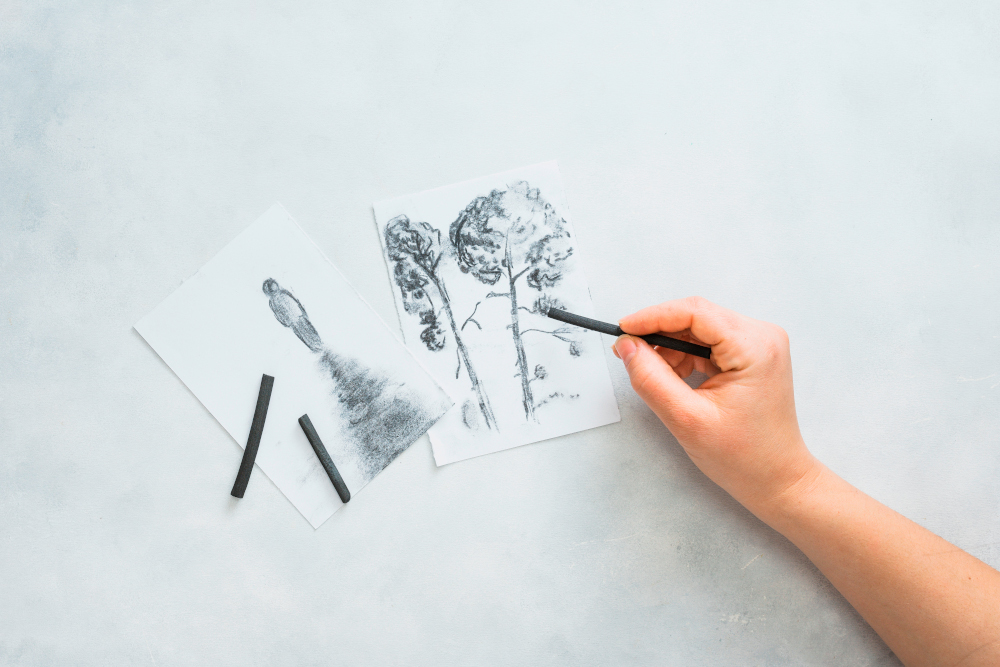
Sketching is perhaps the most straightforward drawing style. When sketching, artists typically focus on capturing the basic outlines and shapes of their subject matter. The goal is to create a quick and rough version of the final image. This initial sketch can be a reference point for developing a more polished and detailed drawing.
If you’re new to sketching, start by finding some easy subjects to draw, such as still-life objects or simple landscapes. Once you’ve practiced sketching a few times, you may enjoy the spontaneity and freedom of this drawing style.
Sketching can be done with pencil, graphite, charcoal, or any other dry medium. The sketch should be light and easy to erase so that it can be refined later.

Figure drawing is the practice of drawing the human form. This can be done from life, photographs, memory, and imagination.
Figure drawing is an essential skill for artists, as it helps to understand form, proportions, and gestures.
The level of detail in a representation may vary from being precise and anatomically correct to being creative and expressive.
There are many different ways to approach figure drawing. You can start with a simple sketch or go for a more detailed and finished drawing. It all depends on your skill level and the amount of time you have.
To learn figure drawing, check out our course, “Figure Drawing for Beginners.” This course will explain the fundamentals of figure drawing and help you learn the basics of drawing the human form.
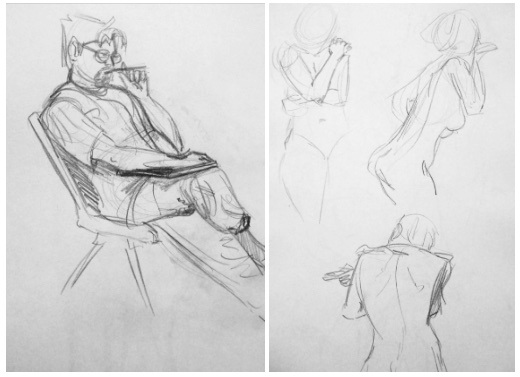
Gesture drawings use real-life subjects as inspiration and focus on movement to capture action, form, and pose. These drawings are often quick and spontaneous, focusing on the overall feel of the subject rather than the details.
Gesture drawings are usually done quickly, in one sitting. This drawing style captures a subject’s feeling or essence rather than its intricate details.
Gesture drawings are often done in practice sessions or as warm-ups before a more detailed drawing begins. When gesture drawing, it is essential to use loose and flowing strokes. This will help you to capture the movement and energy of your subject.
Gesture drawings can be done with pencils, pens, markers, or even paint. Digital media for gesture drawing has also become quite popular.
Experiment with different mediums until you find the one best suits your needs. To learn the fundamentals and techniques of this drawing style, check out our course, “Gesture Drawing.”
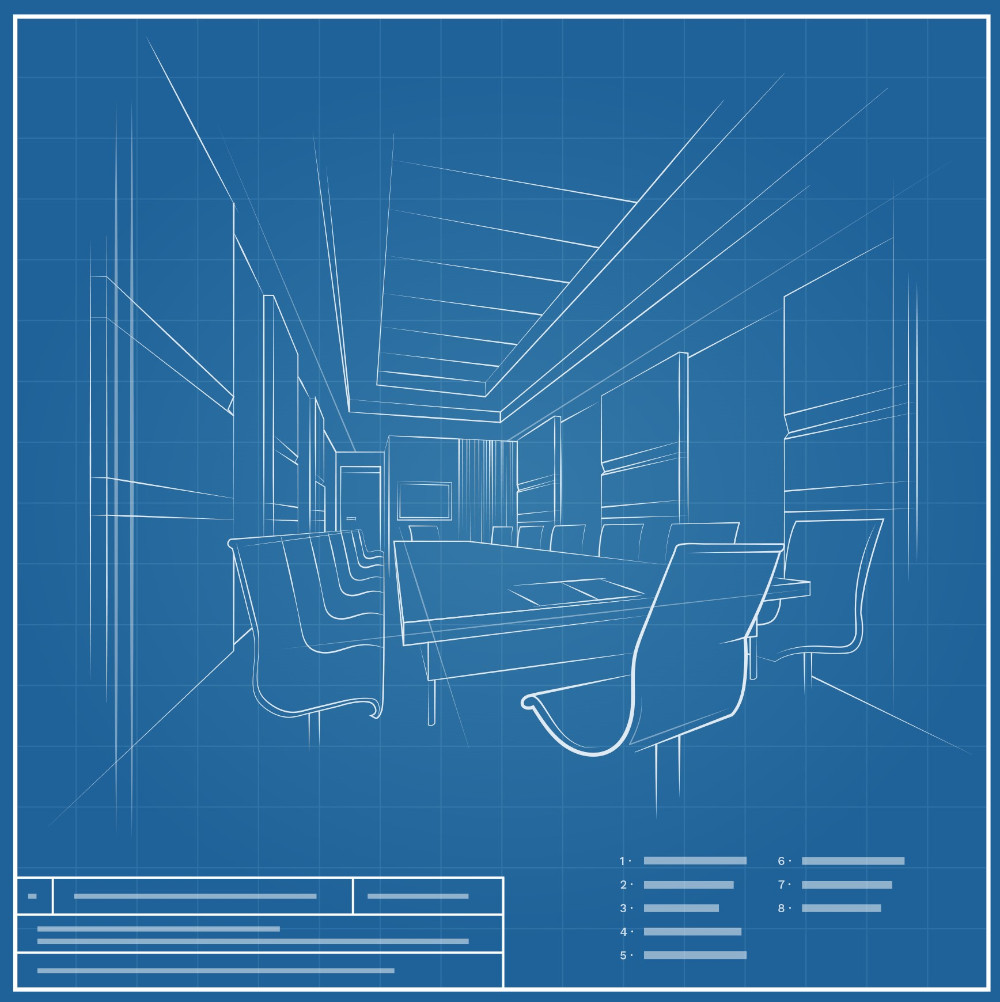
Perspective drawing is a drawing technique that creates the illusion of three-dimensional space. This type of drawing uses one or more vanishing points to create the illusion of depth.
Perspective drawing can be used for any subject matter. However, it is especially effective for drawing interiors and landscapes.
It is essential to understand how perspective works, to create a realistic drawing. You can also use perspective to create fascinating optical illusions.
To create a perspective drawing, start by drawing a horizon line. This line represents the eye level of the viewer. Next, choose one or more vanishing points. Vanishing points are points on the horizon line where parallel lines appear to converge.
Once you have chosen your vanishing points, start drawing lines from these points to the object you want to draw. These lines are called perspective lines.
As you draw, remember that objects farther away appear smaller than closer objects. This is called foreshortening. You can use foreshortening to create the illusion of depth in your drawing.

Photorealism, also known as hyperrealism, is a genre of art that focuses on creating incredibly realistic images.
Photorealistic artists often use photographs as a starting point. Then they try to replicate a photograph in another medium after studying it.
Photorealistic artists often spend hours—or even days—working on a single painting or drawing.
Photorealism caught on in the late 1960s. Today, Photorealism remains a popular drawing style.
If you’re interested in trying your hand at Photorealism, you must first get basic drawing skills. You should also be familiar with the different drawing techniques used to create a realistic image.
Photorealistic paintings are often based on photographs, so you’ll need to start with a high-quality image.
Study the reference material closely. This will give you a better understanding of what you need to do to recreate the effect in your work.
Next, begin by sketching out your composition. Once you’ve sketched out your composition, start painting. Use thin layers of paint to build up the colors and details slowly. This will help you achieve a more realistic effect.
Hyperrealistic images can also be created with the Procreate app and Photoshop.
Photorealism is about recreating reality, so feel free to experiment with different techniques until you find something that works for you.
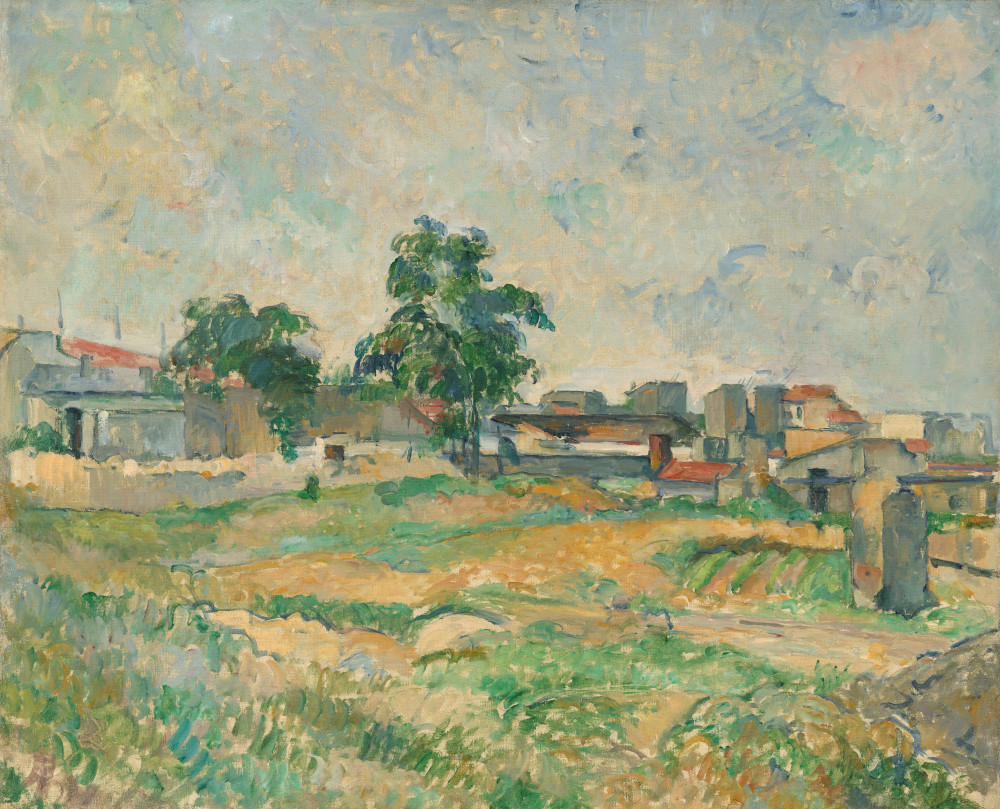
Impressionism is a drawing style characterized by short brush strokes and light colors. Impressionist paintings often depict scenes of everyday life, such as people walking in a park or sitting outdoors at a cafe.
This painting style was developed in the late 1800s by artists including Claude Monet, Pierre-Auguste Renoir, and Camille Pissarro.
Impressionism quickly became popular, although it was criticized by some art critics for its lack of traditional technical skills.
Today, impressionism is a popular art style, and it continues to influence artists worldwide. If you’re interested in trying your hand at impressionism, here are a few tips to get you started.
First, impressionist paintings are all about capturing the light. So, when starting out, pay attention to how light falls on your subject. Is it direct sunlight or filtered through clouds? What time of day is it? All of these factors will affect the colors in your painting.
Next, experiment with different brushstrokes. Impressionist paintings often have loose, expressive brushwork. So, don’t worry about being perfect – just let your strokes flow.
Finally, remember that impressionism is all about capturing a mood. So, take some time to think about the feeling you want to convey in your painting before you start. Once you have a clear idea of what you want to achieve, the rest will come quickly.
Stippling, hatching, and scumbling are similar drawing techniques. However, they involve the use of different patterns to create an image.
These techniques can be used alone or in combination to create interesting, textured artworks.
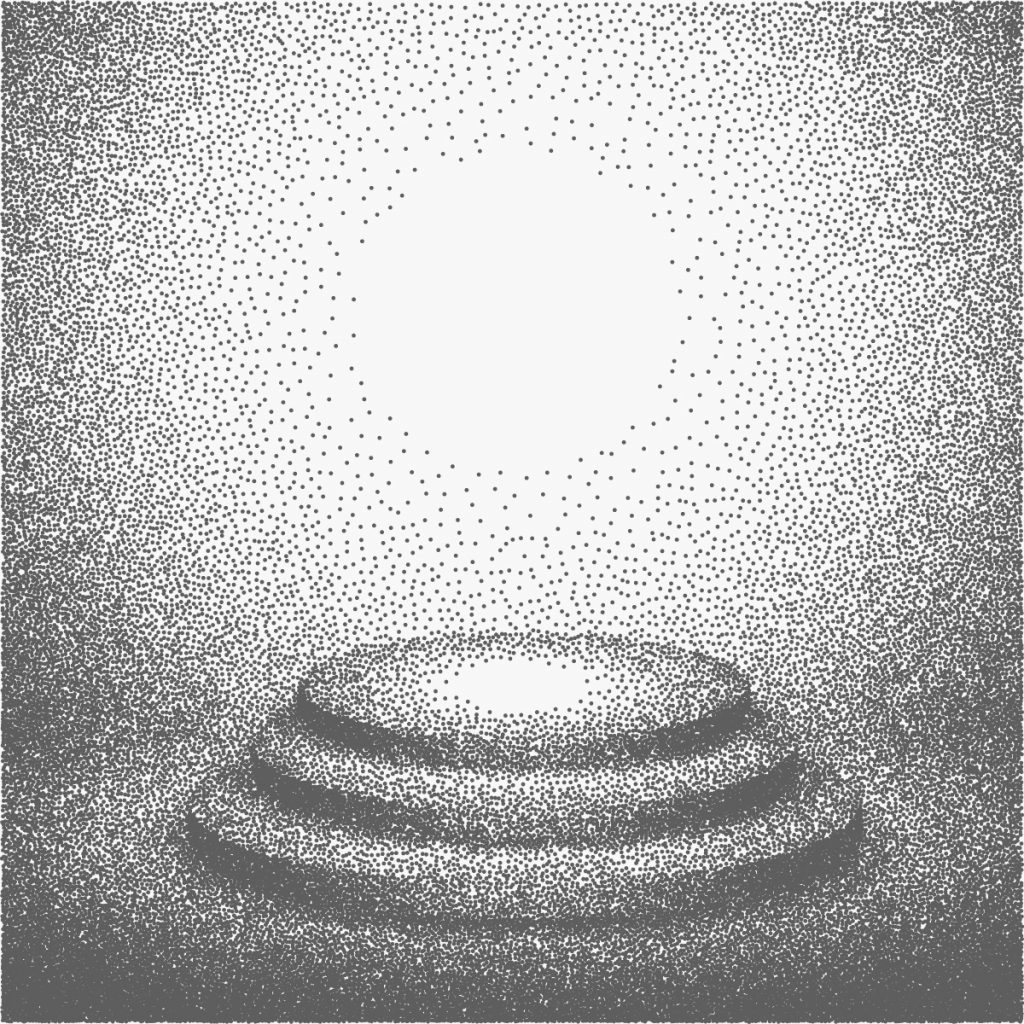
Stippling uses tiny dots to create shading and texture. This drawing style is often used to create detailed and realistic images.
Stippling can be used with any medium, but it is especially effective when done with pencils or pens.
To create a stipple drawing, start by sketching out your subject matter. Once you have your sketch, start filling in the details with small dots.
The density of dots will depend on the desired effect.
You can also vary the size of the dots to create different effects. For darker shading, use more dots that are closer together. For lighter shading, use fewer dots that are further apart.
Stippling may sound similar to pointillism. However, the two drawing styles are quite different. The distinction is that stippling is drawn with just one color. In contrast, pointillism involves the use of a variety of hues.
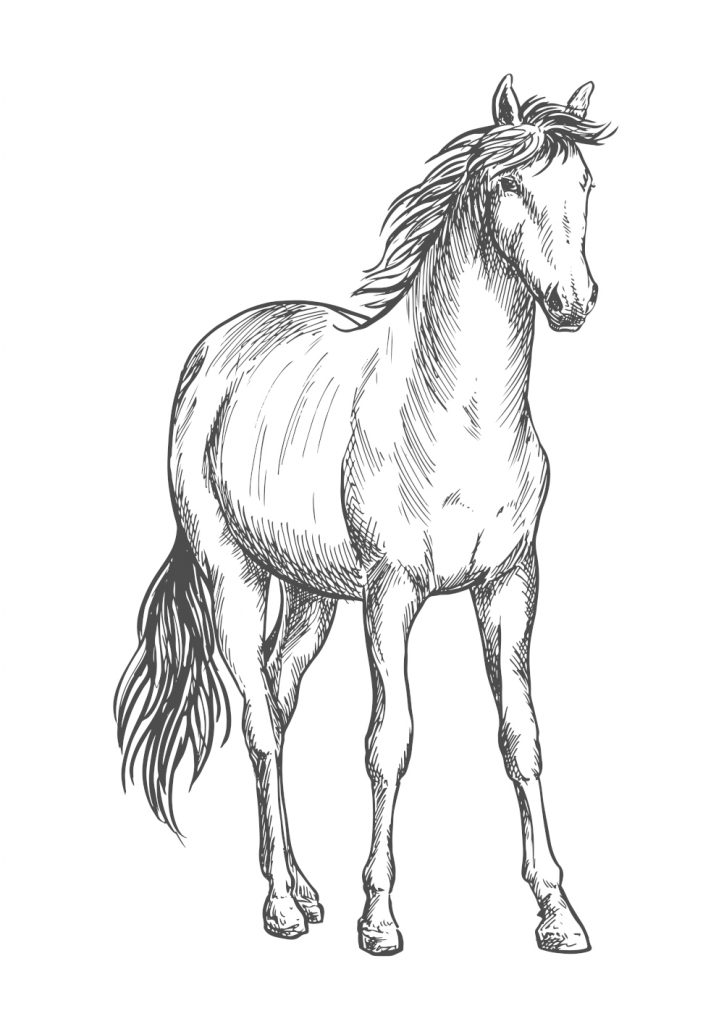
Hatching is a drawing technique that uses closely placed parallel lines to create an image.
This technique can create tonal or shading effects by drawing closely spaced parallel lines. Hatching is often used to create shadows, suggest texture, and add depth to a drawing.
Hatching can create light and dark areas in a drawing, depending on the spacing of the lines. For a more dramatic effect, artists can layer hatching at different angles, known as crosshatching.
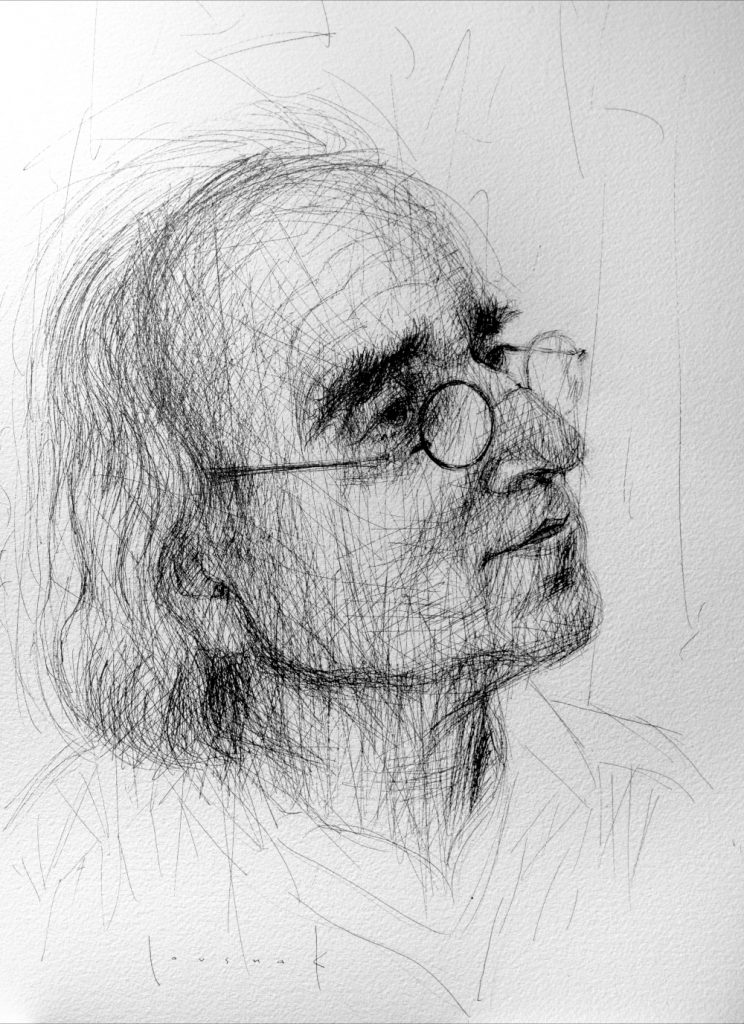
Scumbling is a drawing technique similar to hatching and stippling. However, this technique uses soft, irregular strokes and scribbles to create an image.
This drawing style is often used to create texture and shading effects. Scumbling can be done with any drawing medium. However, it is especially effective when done with charcoal or pastels.
To create a scumble drawing, start by sketching out your subject matter. Once you have your sketch, start drawing soft, irregular strokes over the surface.
The number of strokes will depend on the desired effect.
You can also vary the pressure of the strokes to create different effects. For darker shading, use more strokes that are closer together. For lighter shading, use fewer strokes that are further apart.

The anamorphic drawing style uses distorted perspectives to create an illusion of three-dimensional space. These illusions can only be observed from a specific vantage point.
At first glance, anamorphic drawings may appear to be distorted and disorganized. However, they reveal a stunning 3D image when viewed from the correct angle.
Typically, Anamorphic art is created by viewing the subject from an oblique angle. This can be done by tilting the paper or by using a mirror.
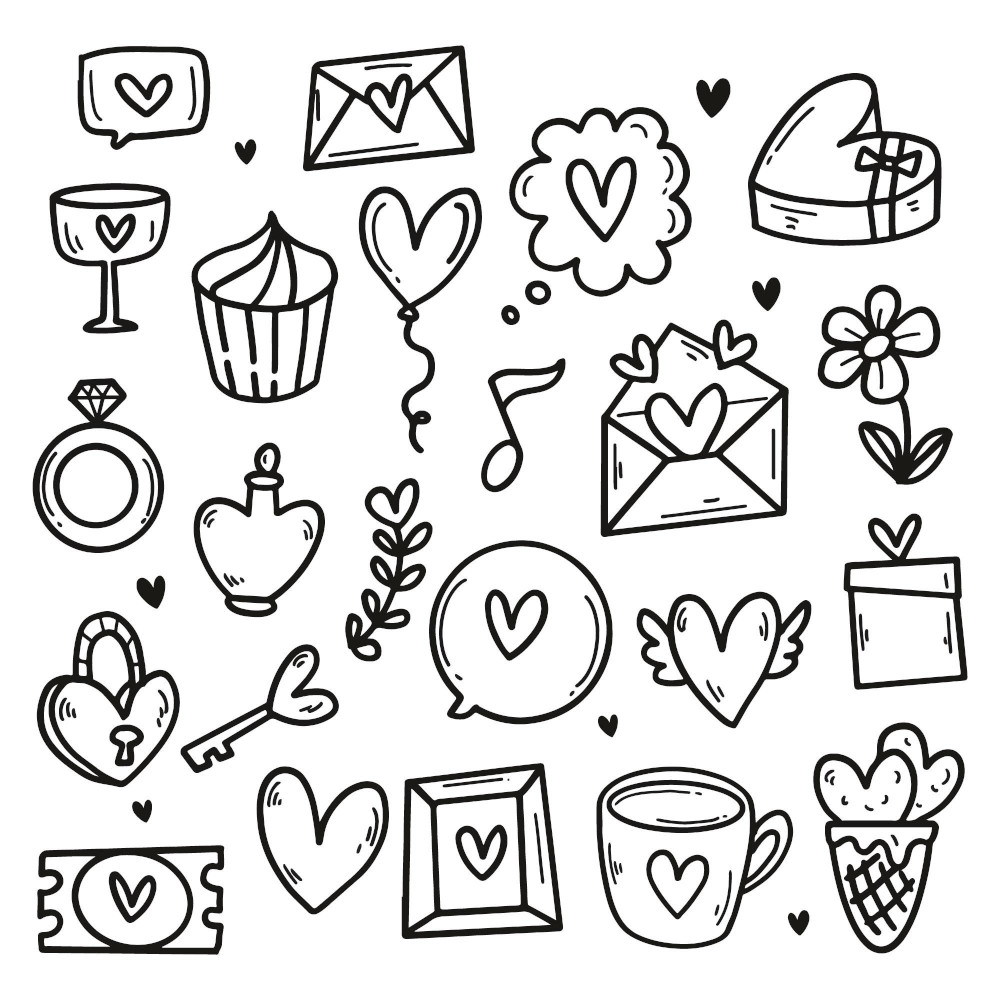
Doodling is usually done spontaneously and without planning. Doodles can be composed of random and abstract lines or simple shapes, or they can have concrete representational meaning.
Doodles are a great way to express thoughts and feelings without worrying about the level of detail or technique involved in the drawing.
Doodling is often seen as a way to relieve boredom or to avoid paying attention. However, it can also be a form of self-expression or a way to explore your creativity.If you’re interested in doodling, there are no hard and fast rules—just pick up a pen and start doodling. You might be surprised by what you come up with.

Pointillism is a drawing style in which small, distinct dots are used to create an image. The dots are carefully placed to create light and shadow in the artwork.
This technique can often create shockingly realistic results. When looking at a pointillist artwork, viewers may not realize that it was created with dots unless they look at it closely.
Pointillism was first used in the late 19th century by artists such as Georges Seurat and Paul Signac. They were part of the neo-impressionist movement.
The dots can be of any color, but they are usually chosen to contrast with the background to stand out.
Pointillist dots are typically arranged in patterns or shapes that echo the overall composition of the drawing. Pointillism requires patience and precision. Therefore, it is a challenging but rewarding drawing style.
To start with pointillism, choose a subject with well-defined shapes and colors. Then, using a small brush or pen, begin dotting your paper with the desired colors.
As you work, remember that the arrangement of the dots will play a significant role in the final look of the drawing. With practice, you’ll be able to create pointillist masterpieces rich in color and detail.
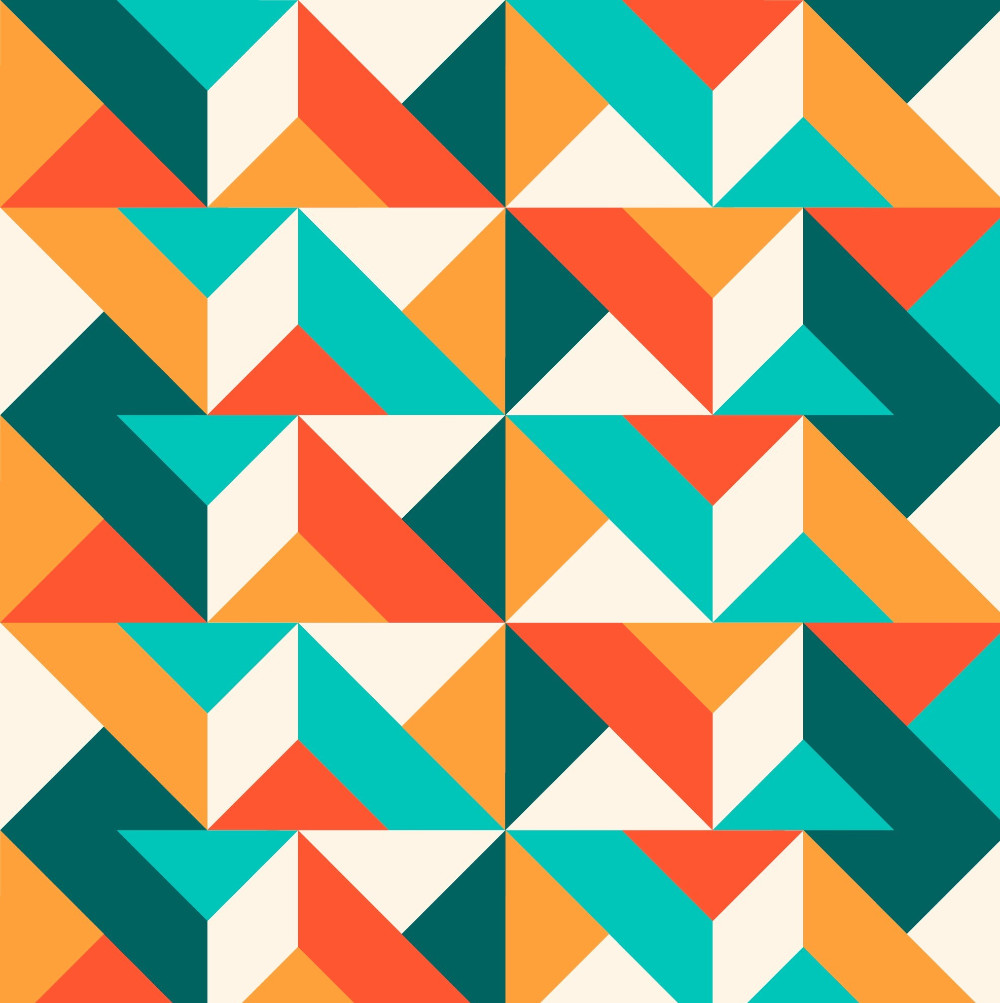
Geometric drawing involves using geometric shapes to create an image. Geometric shapes are easy to draw and can be combined to create more complex images.
This type of drawing style can be used to create both 2D and 3D illusions. Geometric drawing can also be used to create portraits. By combining different shapes and sizes, you can create a unique and interesting portrait that will capture attention.
Geometric drawings can be created with a pen and paper or with a computer program. Geometric drawing is a great way to create simple, clean images.
Geometric drawing is still used by architects and engineers. However, it has also gained popularity among artists and designers.
Geometric drawing is a great way to create simple, clean images. Geometric drawings can be created with a pen and paper or with a computer program. If you’re looking for a new type of drawing to explore, geometric drawing is a great option.

Typography drawing is an art form that uses typefaces to create a visually appealing design.
By carefully selecting and arranging different typefaces, artists can create various effects, from playful and quirky to sleek and modern. Digital drawing tools and software enable users to create stunning typography drawings easily.
Typography drawings can be used for various purposes, from invitations and marketing materials to designing logos and website headers.
When creating a typography drawing, the sky is the limit. You can turn text into a work of art with creativity and imagination.

The diagrammatic drawing style is often used for drawing technical drawing that explains how something works.
It is also a useful exercise for improving your ability to observe. You can learn how to portray images realistically by concentrating on details and grasping the anatomy of what you want to capture.
When drawing in a diagrammatic style, it is essential to be clear and concise with your lines. This will make the image easy to understand.

Architectural drawings are highly detailed drawings that show a structure’s complete layout, including all its individual components. An artist must have a strong understanding of perspective and proportion to create an architectural drawing.
Drawing beautiful architecture is a great way for artists to learn about detail, volume, perspective, and precision.
Architectural drawings also include annotations and measurements. Architects and engineers often use this architectural drawing to communicate their ideas.

Every tattoo starts as a drawing. Tattoo drawing is the first step in the tattooing process. Tattoo artists spend months perfecting their art before ever putting the needle in the skin.
Tattoo drawings are often very intricate and can be quite stylish. There are many different tattoo styles, and many tattoo artists have developed their unique styles.
If you’re interested in becoming a tattoo artist, find a style that you’re comfortable with and that reflects your personality. Follow famous tattoo artists who inspire you and start drawing to get started.
With practice, you’ll develop your unique style.
Now that you know about drawing styles, you might wonder how to find the right style. There is no wrong or right way to find your drawing style.
Many factors influence the way you choose to express yourself artistically. These factors are your skills, preference, audience, and interests.
Some artists draw inspiration from other artists whose work they admire. Others develop their unique drawing style by experimenting with different mediums and techniques.
Don’t be afraid to experiment; don’t be discouraged if your drawing doesn’t look perfect. With time and practice, you will develop your unique drawing style.
So there you have it – a guide to the most popular drawing styles.
There is no single right or wrong way to approach drawing. The important thing is to find a drawing style that works for you.
Don’t be afraid to experiment with different techniques and mediums, and don’t be afraid to mix things up. You might just discover a new drawing style that you love.
If you are looking for a way to hone your drawing skills, check out the collection of our online courses. From beginner to advanced, we have something for everyone.
Our courses “Fundamentals of Drawing,” “Gesture Drawing,” and “Figure Drawing for Beginners” can help you gain an understanding of human anatomy to create lifelike characters.
For those seeking more advanced instruction, try our courses “Character Design” and “Lighting + Shading” to take your drawing abilities to the next level.
If digital drawing is your goal, look no further than our courses “Introduction to Digital Drawing” and “Digital Drawing in Photoshop.”
Ce très intéressant pour nous les artiste et ça va beaucoup nous aider, personnellement ça va m’aide dans ma carrière si je continue a lire et ça me donne même envie d’entré en détail vraiment c'est tres important
BalasMuchas gracias por tus ideas las vi hace un año y ahora tengo más fluides de la que creí muchas gracias y la mejor parte tus cursos
BalasIntéressant! Cependant, je crois que vous avez omis un type de dessin qui est le dessin psychadelic. (Je fais des recherches à ce suhet) À moins que vous le classez dans le dessins gribouillis? Ça serait dommage puisque le dessin psychadelic est un type d'Art en soit :) Celui qui laisse place à l'intuitif. Personnellement, j'adore tout ce qu'il contient, riche en contenu on peut le regarder pendant des heures et on n'aura pas encore tout vu son contenu. Qu'en pensez-vous?
Balas